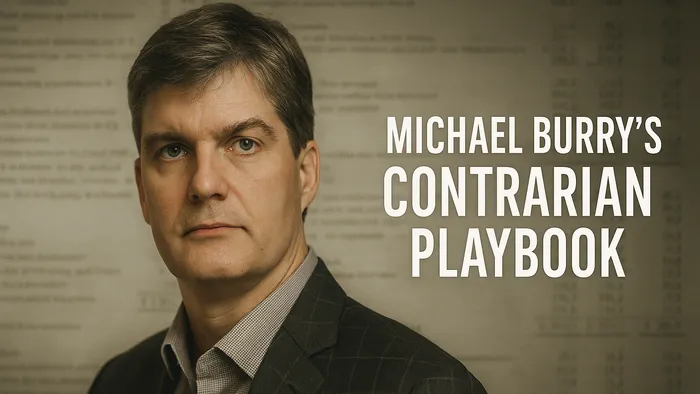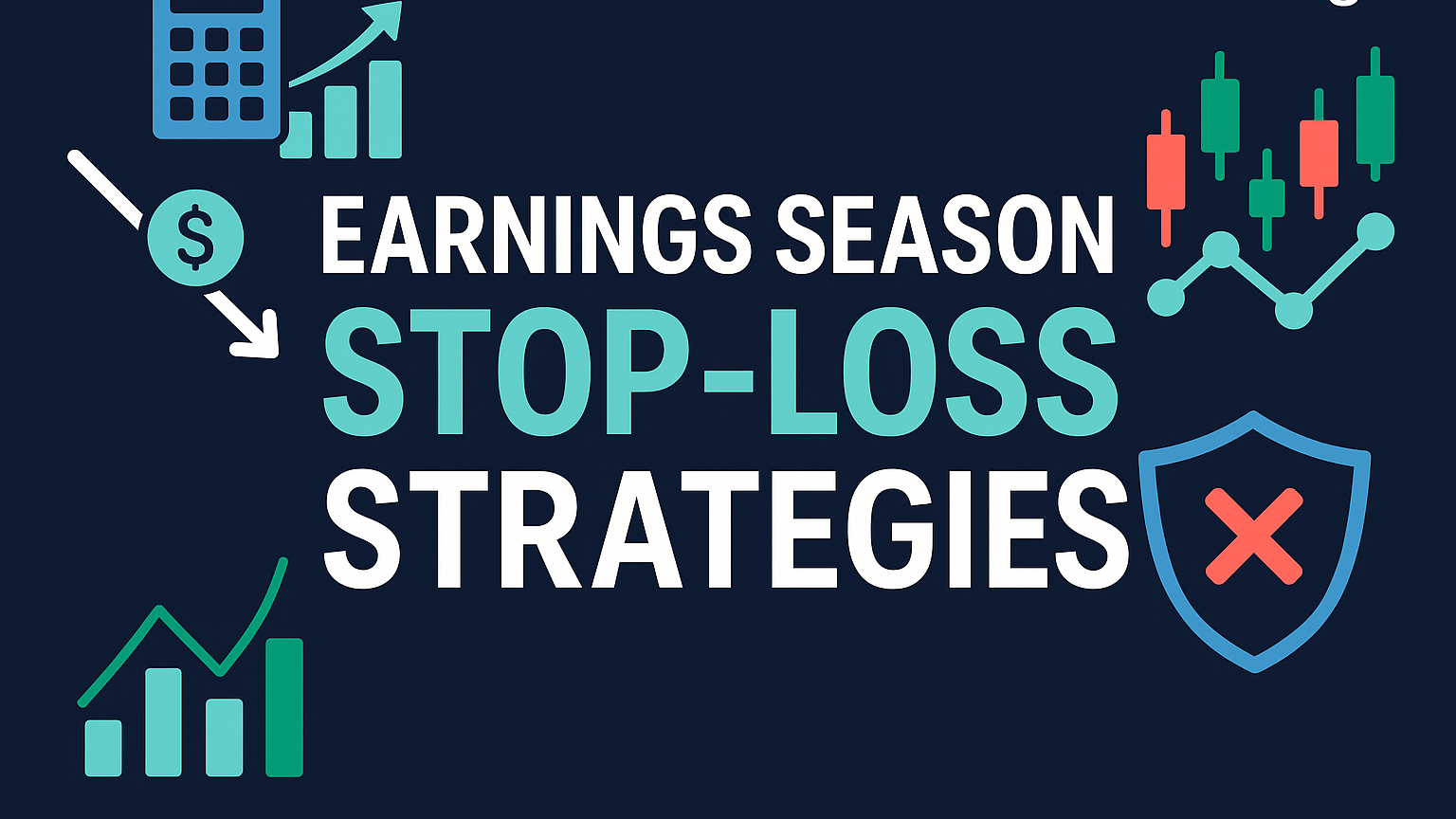Explore the investment strategies of a renowned investor, focusing on value analysis, contrarian thinking, and risk management techniques.
Michael Burry is best known for predicting the 2008 housing market crash, earning $100 million personally and $700 million for his investors. His success lies in three key principles: value-based analysis, contrarian thinking, and deep research. He focuses on undervalued, overlooked assets, often in small-cap markets, and prioritizes downside protection before gains. Some of his notable strategies include:
- 2008 Housing Market Short: Used credit default swaps to profit from collapsing subprime mortgages.
- Finding Hidden Value: Invested in small-cap stocks like Industrias Bachoco and distressed companies like Pillowtex.
- Risk Management: Adjusts portfolio based on market conditions, aiming for 20 % annual returns.
Burry’s disciplined, data-driven approach offers lessons for traders: focus on intrinsic value, manage risks, and maintain patience through market volatility.
Michael Burry Predicts Another Market Crash: The Index Fund Bubble Explained
Burry's Core Investment Principles
Michael Burry's investment strategy is rooted in deep analysis and a willingness to challenge market trends. He prioritizes thorough research and focuses on absolute value rather than comparing metrics to industry norms.
Going Against Market Consensus
Burry's approach is all about trusting data over market sentiment. He seeks out opportunities where the market's view doesn't align with a company's fundamental value.
When evaluating investments, Burry zeroes in on three main areas:
| Metric Type | What Burry Analyzes | Why It Matters |
|---|---|---|
| Value Metrics | P/E ratio, P/B ratio, Free Cash Flow | Identifies if the stock is truly cheap |
| Financial Health | Debt-to-Equity, Operating Margins | Gauges the company's stability |
| Market Position | Market share, competitive advantages | Assesses long-term potential |
Finding Hidden Value
Burry has a knack for spotting value where others fail to look. He often targets small and micro-cap companies, which are frequently undervalued because they fly under the radar of big investors.
One standout example is his investment in Industrias Bachoco (IBA), a Mexican poultry producer. At the time, it traded at just 2× ex-cash earnings and 0.5× P/B, while similar companies were valued 3–5× higher. This highlights his focus on finding stocks that are genuinely cheap, not just relatively inexpensive.
"I try to buy shares of unpopular companies when they look like road kill, and sell them when they've been polished up a bit." – Michael Burry
His process for uncovering value includes:
- Prioritizing downside protection before considering potential gains
- Examining businesses during times of market negativity
- Seeking quality companies trading at distressed prices
- Exercising patience until the market recognizes the stock's value
This method has been particularly successful in small-cap markets. From 1972 to 2013, the smallest and least liquid companies delivered an impressive 16.30 % compound annual growth rate (CAGR).
"Lost dollars are simply harder to replace than gained dollars are to lose." – Michael Burry
Another example of his success is his investment in Pillowtex (PWTX) after its bankruptcy. Burry identified value when the company was trading at just 3× earnings, 0.5× free cash flow, 0.32× book value, and 0.06× sales. This further underscores his ability to find opportunities others overlook.
Burry's Major Market Decisions
The 2008 Housing Market Short

In the early 2000s, Michael Burry spotted a ticking time bomb in the housing market. He noticed that subprime mortgages with low introductory rates would soon reset to levels most borrowers couldn't afford. Acting on this insight, he purchased credit default swaps (CDS) from firms like Goldman Sachs, betting against these risky mortgages. The outcome? Massive gains:
| Metric | Result |
|---|---|
| Personal Profit | $100 million |
| Investor Profit | Over $700 million |
| Time Period | Nov 2000 – June 2008 |
"What you want to watch are the lenders, not the borrowers. The borrowers will always be willing to take a great deal for themselves. It's up to the lenders to show restraint, and when they lose it, watch out." – Michael Burry
Burry's success came from his deep dive into lending data and his refusal to abandon his analysis, even when regulators ignored outside warnings. This pivotal move solidified his reputation and fueled his ongoing search for market imbalances.
Finding Market Gaps
After the housing market short, Burry continued to exploit market inefficiencies. He focused on undervalued companies trading far below their true worth. From 1972 to 2013, this strategy of targeting small, illiquid companies resulted in a 16.30 % CAGR.
"I go where I can find the most value. Currently, that happens to be in small caps and illiquid securities … I have a list of roughly 80 large cap names that I believe are great franchises that I'd love to own. But the prices at which I'd love to own them are so much lower than today's prices it would make you laugh." – Michael Burry
Risk Control Methods
Michael Burry has consistently refined his techniques to protect gains and manage risks effectively, shaping his investment approach over time.
Portfolio Balance and Sizing
Burry carefully adjusts his portfolio, ensuring positions align with market conditions and risk levels. Recent moves by Scion Asset Management include:
| Position | Action | Change in Shares | Portfolio Weight |
|---|---|---|---|
| Alibaba (BABA) | Reduced | – 25 % to 150 000 shares | 16.43 % |
| JD.com (JD) | Reduced | – 40 % to 300 000 shares | 13.43 % |
| Pinduoduo (PDD) | New Position | 75 000 shares | 9.39 % |
| American Coastal Insurance (ACIC) | Increased | + 46.10 % to 146 100 shares | 2.54 % |
His strategy involves focusing on large positions in companies with strong fundamentals while adjusting exposure based on market dynamics and risks.
"I seek individual investments that will allow me to target total portfolio returns of at least 20 % annually after fees and expenses on an annual basis over a period of years, not months." – Michael Burry
Scion Asset Management's results back this approach, achieving a three-year annualized return of 25.48 %, outperforming the S&P 500's 23.40 %.
2008 Crisis Risk Management
Burry's strategies during the 2008 financial crisis highlight his ability to navigate extreme market conditions. He relied on two core principles:
- In-Depth Market Analysis: He focused on lender behavior instead of borrower activity, spotting systemic risks early.
- Patience with Timing: He held positions through short-term volatility, staying committed to his analysis.
"The market always falls faster than it rises. It's called panic selling, and it's something you have to be prepared for." – Michael Burry
"The bigger the crisis, the bigger the opportunity if you can keep your head while others are losing theirs." – Michael Burry
Using Burry's Methods Today
Today's markets provide plenty of opportunities for traders to use contrarian strategies and find hidden value. By sticking to a data-focused approach, much like Michael Burry, traders can apply effective methods across various asset classes.
Modern Contrarian Trading
Here are two key ways to apply contrarian strategies:
- Analyze struggling sectors: Focus on industries with bad press but strong long-term demand.
- Check valuations: Look for assets trading well below what they're truly worth.
"Buy shares of unpopular companies when they look like road kill, and sell them when they've been polished up a bit." – Michael Burry
Technical Tools for Burry-Style Analysis
The Premium plan offers advanced signals, alerts, & oscillator tools for powerful technical analysis on TradingView. For example:
- Pattern Recognition: The Price Action Concepts toolkit automates support & resistance, trend lines, and pattern detection.
- Divergence Signals: The Oscillator Matrix highlights money flow imbalances and divergence setups.
- Alerts & Overlays: Signals & Overlays let you set custom alerts on key metrics to manage risk.
Common Trading Mistakes
To trade successfully, it's important to avoid these pitfalls:
- Not doing enough research: Relying only on technical indicators without digging into fundamentals can lead to poor decisions.
- Risky position sizing: Overleveraging can create unbalanced portfolios and unnecessary risk.
- Impatience with timing: Exiting too early might mean missing out on the full potential of a turnaround.
"Value investing is at its core the marriage of a contrarian streak and a calculator." – Seth Klarman
Conclusion: Core Lessons from Burry
Michael Burry's approach to investing offers practical insights, especially in risk management and spotting market inefficiencies. His methods provide clear guidance for those looking to refine their trading strategies.
Steps for Traders
Burry's success stems from his disciplined focus on undervalued assets. He prioritizes absolute value rather than relying on relative comparisons, particularly in areas ignored by mainstream investors.
If you're aiming to adopt Burry's principles, consider these actions:
- Look for overlooked small-cap stocks with potential.
- Always calculate the maximum possible loss before making a move.
- Focus on absolute value, targeting stocks priced below their intrinsic worth, regardless of market trends.
"All my stock picking is 100 % based on the concept of a margin of safety." – Michael Burry
Focus on Data
Burry's reliance on data and detailed analysis has helped him succeed across different market conditions. His methodology combines in-depth research with strict controls on risk.
Here are some key elements of his strategy:
- Value Assessment: Analyze financials and business fundamentals thoroughly.
- Risk Management: Set clear limits on risk and position sizes.
- Market Positioning: Find opportunities in areas overlooked by the majority of investors.
"Our returns stem from strict downside risk control."








